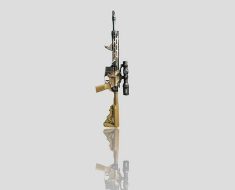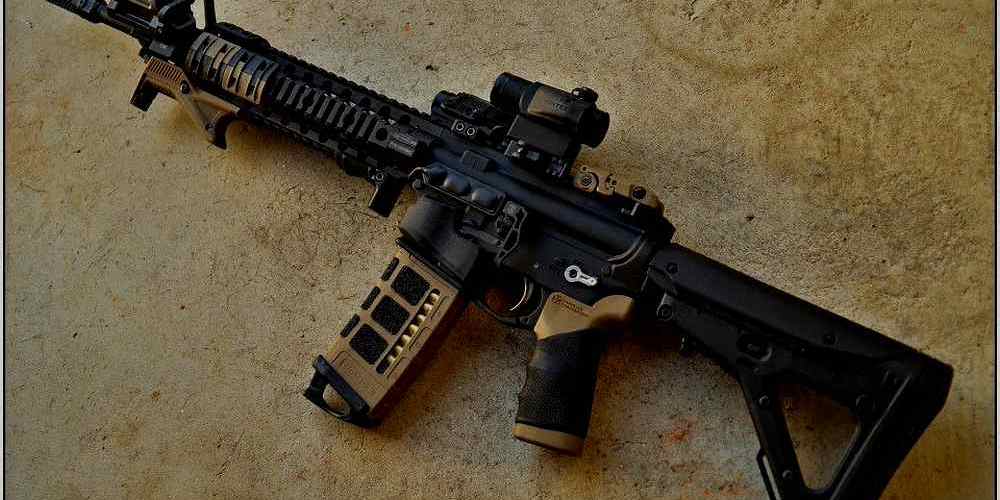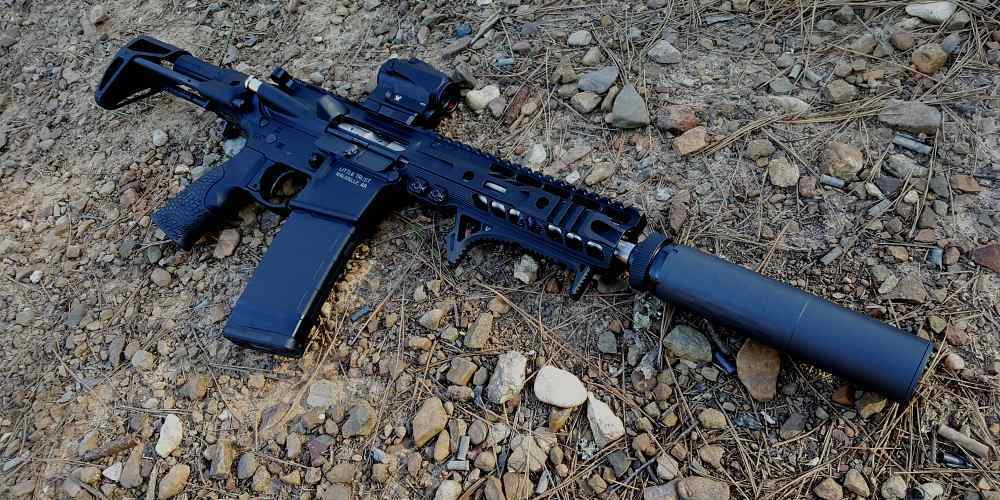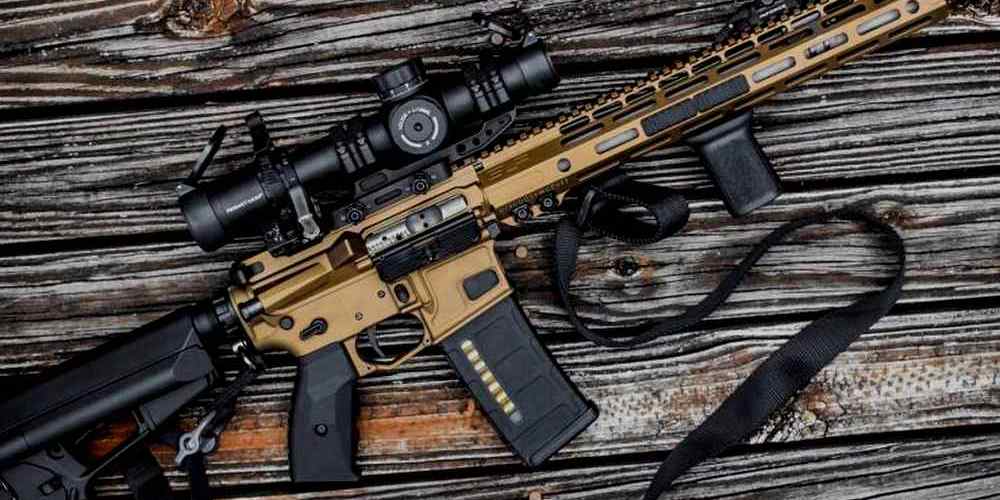“Silent but Deadly: The ultimate stealth weapon for the modern shooter.”
Advantages of Integrating Suppression into an AR15 Build
When it comes to building your own AR15, there are a plethora of options and accessories to choose from. One popular choice among gun enthusiasts is integrating suppression into their build. This means incorporating a suppressor directly into the barrel of the rifle, rather than attaching it separately. There are several advantages to this approach that make it worth considering for your next build.
One of the main benefits of integrating suppression into your AR15 build is the reduction in overall length. By incorporating the suppressor into the barrel, you eliminate the need for a separate suppressor attachment, which can add several inches to the overall length of the rifle. This can make the rifle more maneuverable and easier to handle, especially in tight spaces or when shooting from a prone position.
Another advantage of integrating suppression is the reduction in weight. Traditional suppressors can add significant weight to the front of the rifle, which can affect balance and handling. By integrating the suppressor into the barrel, you distribute the weight more evenly along the length of the rifle, resulting in a more balanced and comfortable shooting experience.
In addition to the practical benefits of reduced length and weight, integrating suppression can also improve the overall aesthetics of your AR15 build. A seamlessly integrated suppressor can give your rifle a sleek and streamlined look, without the added bulk of a separate attachment. This can be especially appealing for those who value both form and function in their firearms.
From a performance standpoint, integrating suppression can also offer some advantages. By incorporating the suppressor directly into the barrel, you can achieve a more efficient and effective suppression of sound and recoil. This can result in a quieter and more controllable shooting experience, with less muzzle rise and felt recoil.
Furthermore, integrating suppression can also help to mitigate the issue of point of impact shift. When using a traditional suppressor attachment, the added weight and pressure can cause the barrel to flex slightly, resulting in a shift in where the bullet impacts the target. By integrating the suppressor into the barrel, you can minimize this effect and maintain a more consistent point of impact.
Overall, integrating suppression into your AR15 build offers a range of benefits that can enhance both the performance and aesthetics of your rifle. From reduced length and weight to improved sound suppression and recoil control, there are plenty of reasons to consider this approach for your next build. So if you’re looking to build a silent but deadly AR15, integrating suppression may be the way to go.
How to Choose the Right Suppressor for Your AR15
When it comes to building your own AR15, there are a plethora of options to consider. One of the most popular choices among gun enthusiasts is to integrate a suppressor into the build. A suppressor, also known as a silencer, can greatly reduce the noise and recoil of your firearm, making shooting more enjoyable and less disruptive to those around you. In this article, we will discuss how to choose the right suppressor for your AR15 build.
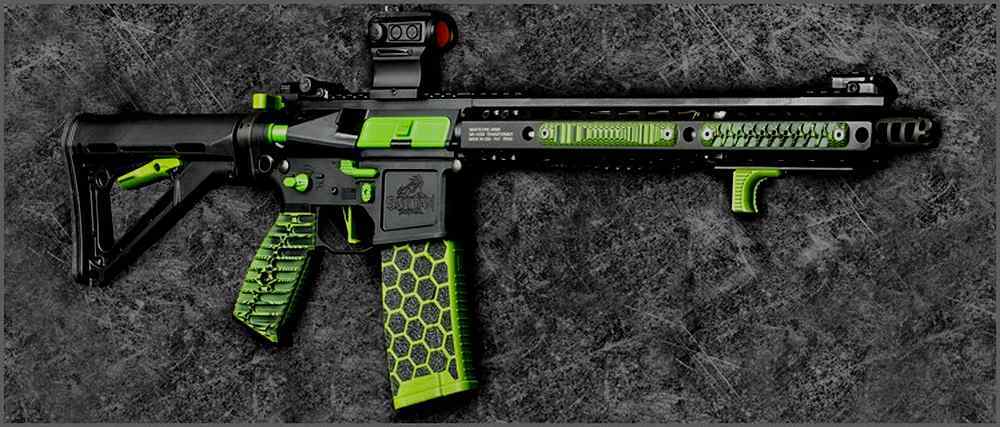
First and foremost, it is important to understand the laws and regulations surrounding suppressors in your area. In the United States, suppressors are regulated under the National Firearms Act (NFA) and require a tax stamp from the Bureau of Alcohol, Tobacco, Firearms and Explosives (ATF) for legal ownership. Make sure you are familiar with the process and requirements before purchasing a suppressor for your AR15.
Once you have a good understanding of the legalities, it’s time to consider the type of suppressor that will best suit your needs. There are several factors to consider when choosing a suppressor, including caliber compatibility, size, weight, material, and mounting options.
Caliber compatibility is an important consideration when choosing a suppressor for your AR15. Make sure the suppressor you choose is rated for the caliber of your rifle. Some suppressors are designed to be versatile and can accommodate multiple calibers, while others are specifically designed for a single caliber.
Size and weight are also important factors to consider when choosing a suppressor. A smaller and lighter suppressor will be less cumbersome and won’t affect the balance of your rifle as much. However, keep in mind that smaller suppressors may not be as effective at reducing noise and recoil as larger ones.
Material is another consideration when choosing a suppressor. Suppressors are typically made from aluminum, steel, or titanium. Aluminum suppressors are lightweight but may not be as durable as steel or titanium suppressors. Steel suppressors are durable but can be heavy, while titanium suppressors are lightweight and durable but tend to be more expensive.
Mounting options are also important to consider when choosing a suppressor for your AR15. There are several mounting systems available, including direct thread, quick detach, and muzzle brake mounts. Each mounting system has its own advantages and disadvantages, so choose the one that best suits your needs and preferences.
In conclusion, choosing the right suppressor for your AR15 build is a personal decision that will depend on your specific needs and preferences. Consider factors such as caliber compatibility, size, weight, material, and mounting options when making your decision. And remember to always follow the laws and regulations surrounding suppressors in your area. Happy shooting!
Legal Considerations for Integrating Suppression into Your AR15
When it comes to building your own AR15, there are a lot of factors to consider. One of the most popular additions to these rifles is integrated suppression. This feature allows for quieter shooting and reduced recoil, making it a desirable option for many gun enthusiasts. However, before you start building your own AR15 with integrated suppression, there are some legal considerations you need to keep in mind.
First and foremost, it’s important to understand the laws surrounding suppressors in your state. While federal law allows for the ownership of suppressors, some states have stricter regulations in place. Before you start building your AR15 with integrated suppression, make sure you are familiar with the laws in your area. Failure to comply with these laws could result in serious legal consequences.
Another important legal consideration when building an AR15 with integrated suppression is the registration process. In order to legally own a suppressor, you must first apply for a tax stamp from the Bureau of Alcohol, Tobacco, Firearms and Explosives (ATF). This process can be time-consuming and expensive, so it’s important to factor this into your budget and timeline when building your rifle.
Additionally, it’s crucial to ensure that the suppressor you are using is legal and compliant with all regulations. Not all suppressors are created equal, and using an illegal or unregistered suppressor could land you in hot water with the law. Before you start building your AR15 with integrated suppression, do your research and make sure you are using a reputable and legal suppressor.
It’s also important to consider the potential impact of integrated suppression on the performance of your AR15. While suppressors can reduce noise and recoil, they can also affect the accuracy and reliability of your rifle. Before you start building your AR15 with integrated suppression, make sure you understand how this feature will impact the overall performance of your rifle.
Finally, it’s important to consider the ethical implications of using integrated suppression on your AR15. While suppressors can make shooting quieter and more enjoyable, they also have the potential to make firearms more dangerous in the wrong hands. Before you start building your AR15 with integrated suppression, take the time to consider the ethical implications of this decision and make sure you are comfortable with the potential consequences.
In conclusion, building an AR15 with integrated suppression can be a rewarding and enjoyable experience. However, it’s important to keep in mind the legal considerations that come with this feature. Make sure you are familiar with the laws in your area, understand the registration process, use a legal suppressor, consider the impact on performance, and think about the ethical implications before you start building your rifle. By taking these factors into account, you can ensure that your AR15 with integrated suppression is both legal and safe to use.
Maintenance Tips for Keeping Your Integrated Suppressor in Top Condition
If you’re a gun enthusiast looking to build your own AR15 with integrated suppression, you’re in for a treat. This innovative design combines the benefits of a suppressor with the sleek look of a traditional rifle. However, to ensure your integrated suppressor functions at its best, it’s important to follow some maintenance tips.
First and foremost, regular cleaning is essential for keeping your integrated suppressor in top condition. The buildup of carbon and fouling can affect the performance of your suppressor, so it’s important to clean it after every use. To clean your suppressor, you’ll need a cleaning rod, solvent, and a brush. Simply disassemble your suppressor and use the brush to scrub away any buildup. Then, use the solvent to remove any remaining residue. Once you’ve cleaned your suppressor, be sure to dry it thoroughly before reassembling it.
In addition to regular cleaning, it’s important to inspect your suppressor for any signs of damage. Cracks, dents, or bulges can indicate that your suppressor is no longer safe to use. If you notice any damage, it’s best to have your suppressor inspected by a professional gunsmith. Ignoring damage can lead to dangerous malfunctions, so it’s better to be safe than sorry.
Another important maintenance tip is to check the alignment of your suppressor. A misaligned suppressor can affect the accuracy of your shots and potentially damage your rifle. To check the alignment, simply look through the bore of your rifle with the suppressor attached. If you notice any misalignment, it’s best to have your suppressor adjusted by a professional gunsmith.
Finally, it’s important to store your integrated suppressor properly. Exposure to moisture, dirt, or extreme temperatures can damage your suppressor over time. To prevent damage, store your suppressor in a dry, cool place away from direct sunlight. Additionally, consider investing in a protective case to keep your suppressor safe during transport.
By following these maintenance tips, you can ensure that your integrated suppressor functions at its best for years to come. Regular cleaning, inspection for damage, alignment checks, and proper storage are all essential for keeping your suppressor in top condition. Remember, a well-maintained suppressor not only enhances the performance of your AR15 but also ensures your safety while shooting. So, take the time to care for your suppressor, and enjoy the benefits of integrated suppression on your next shooting adventure.
Comparing Integrated Suppression vs. Traditional Suppressor Attachments for AR15s
When it comes to building an AR15, there are many options to consider in order to customize your firearm to your liking. One popular choice among gun enthusiasts is integrating suppression directly into the barrel of the AR15. This allows for a more streamlined and compact design, as well as a quieter shooting experience. In this article, we will compare the benefits of integrated suppression versus traditional suppressor attachments for AR15s.
Integrated suppression offers several advantages over traditional suppressor attachments. One of the main benefits is the reduced overall length of the firearm. By integrating the suppressor into the barrel, you eliminate the need for a separate attachment that adds length to the gun. This can make the AR15 more maneuverable and easier to handle, especially in tight spaces or when shooting from a prone position.
Another advantage of integrated suppression is the improved balance of the firearm. Traditional suppressor attachments can add weight to the front of the gun, which can affect the balance and handling of the AR15. By integrating the suppressor into the barrel, you can maintain a more even distribution of weight, resulting in a more comfortable shooting experience.
In addition to the practical benefits of integrated suppression, there are also performance advantages to consider. Integrated suppression can provide better sound reduction compared to traditional suppressor attachments. By incorporating the suppressor directly into the barrel, you can achieve a more efficient and effective suppression of noise, resulting in a quieter shooting experience.
Furthermore, integrated suppression can also improve the accuracy of the AR15. By reducing the recoil and muzzle rise of the firearm, integrated suppression can help you maintain better control over your shots and achieve more consistent accuracy. This can be especially beneficial for competitive shooters or those looking to improve their marksmanship skills.
While integrated suppression offers many benefits, there are also some drawbacks to consider. One potential downside is the cost of integrating suppression into the barrel of an AR15. This process can be more expensive than simply purchasing a traditional suppressor attachment. Additionally, integrated suppression may limit your ability to switch out suppressors or customize your firearm with different attachments.
On the other hand, traditional suppressor attachments offer more flexibility and versatility. With a detachable suppressor, you can easily switch between different suppressor models or remove the suppressor altogether if desired. This can be useful for shooters who want to experiment with different suppressor options or who prefer the ability to customize their firearm.
In conclusion, both integrated suppression and traditional suppressor attachments have their own set of advantages and disadvantages. When deciding between the two options for your AR15, it is important to consider your specific needs and preferences. If you prioritize a compact and balanced firearm with superior sound reduction and accuracy, integrated suppression may be the right choice for you. However, if you value flexibility and customization options, a traditional suppressor attachment may be more suitable. Ultimately, the decision comes down to personal preference and how you plan to use your AR15.


